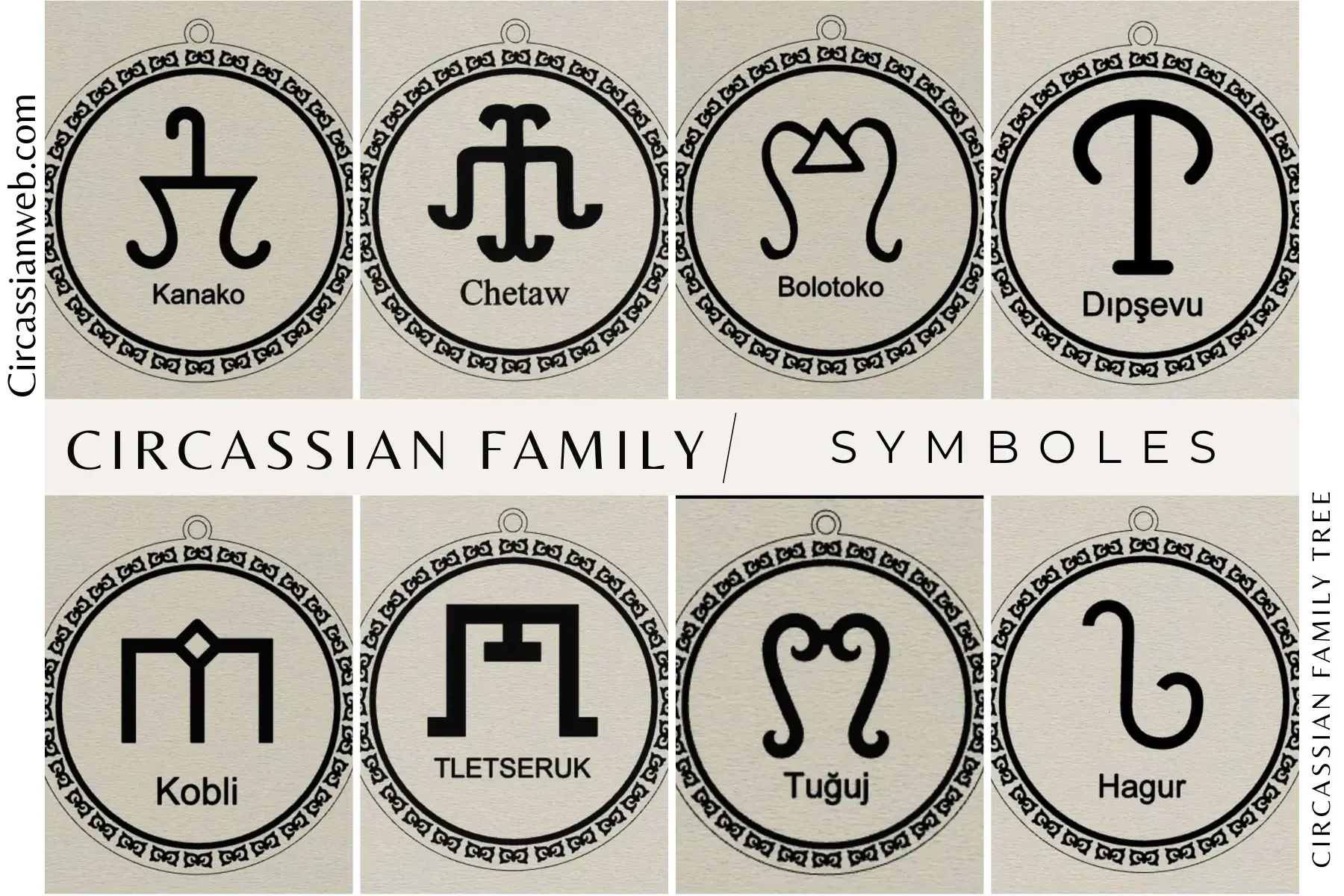Adyghes and their Khabze (Etiquette)
Adyghe (Circassian) Etiquette
Adyghe Khabze (Xabze) is in an orally transmitted rigid and complex code in which customs and social norms were enshrined. This system of morals had evolved to ensure that strict militaristic discipline was maintained at all times to defend the country against the many invaders who coveted Circassian lands. In addition, social niceties and graces greased the wheels of social interaction, and a person's good conduct ensured his survival and prosperity. The Khabze served as the law for ad hoc courts and councils set up to resolve contentious cases and other moot issues, and pronounce binding judgements. This code did not remain static throughout the ages. It was reformed and developed at some points in Circassian history, when two factors obtained: preponderance of outdated practices and the appearance of a charismatic personage to effect the transformation. The first instance of this kind in recorded history was in the 16th century, when Prince Beslan (Beislhen) Zhankh'wetoqwe, nicknamed 'Pts'apts'e' (The Obese), modified the structure of the peerage system and updated the Khabze. Two centuries later, the legendary Zhebaghi Qezenoqwe (1684-1750), the quintessential fighter for justice in Circassian folklore, played a pivotal role in modernizing the code and removing outdated customs and practices, though he is sometimes erroneously accredited with originating it. He was an accomplished statesman by the standards of the time, being responsible for formulating Kabardian policies with respect to the Crimean Khans and their overlords, the Ottomans. One of his notable achievements was his counsel to Prince Aslenbek Qeitiqwe and manoeuvres to avert a war with Khan Saadat-Gery who attacked Kabarda in 1720 to avenge the destruction of the Tatar army in 1708 at Qenjalischhe. Stories of Zhebaghi's wisdom and sagacity are still very much alive in national memory. In one anecdote, he was asked about the difference between truth and falsehood. He enigmatically replied that only four fingers separated them. He lifted up his hand and placed four fingers between his eye and ear, and said, 'Everything your eye sees is true, and all that you hear is false, for no one tells the truth the way he sees it.' The most recent reform was made in 1807, when a group of Circassian judges and scholars, with the blessing of the nobility, amended and updated some articles of the law.
Source: Amjad JAIMOUKHA, from his forthcoming book ''Circassian Culture and Folklore.''
-----------------
Адыгский этикет, Бгажноков Барасби Хачимович, Adyghe (Circassian) Etiquette, Nalchik, 1978, Bgajnokua Barasby.
http://www.circassianworld.com..../RU/Adyghe_Etiquette
Адыгская этика, Бгажноков Барасби - Adyghe (Circassian) Etiquette, Bgajnokua Barasby.
http://ethics.kbsu.ru/index.html






